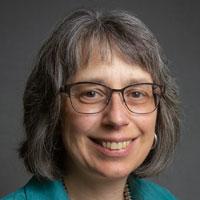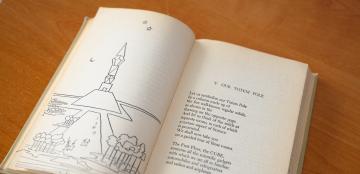
Math Against Evil
In the last few months, I’ve been thinking a lot about my old friend T. C. MITS.
I met T. C. in my first year of teaching high school mathematics at a Catholic girls’ school. Since then, my career has included being the only math teacher for grades 7–12 at a really, really small rural school; incorporating math into outdoor and experiential courses at an alternative high school; leading a program for developmental and gateway mathematics courses at a college; designing teacher professional development; and, finally, working at the Dana Center.
And through that journey, I’ve looked to T. C. for guidance and inspiration. He has never failed to remind me of why I chose to be a mathematics educator.
Oh, I’m sorry. You don’t know T. C.?
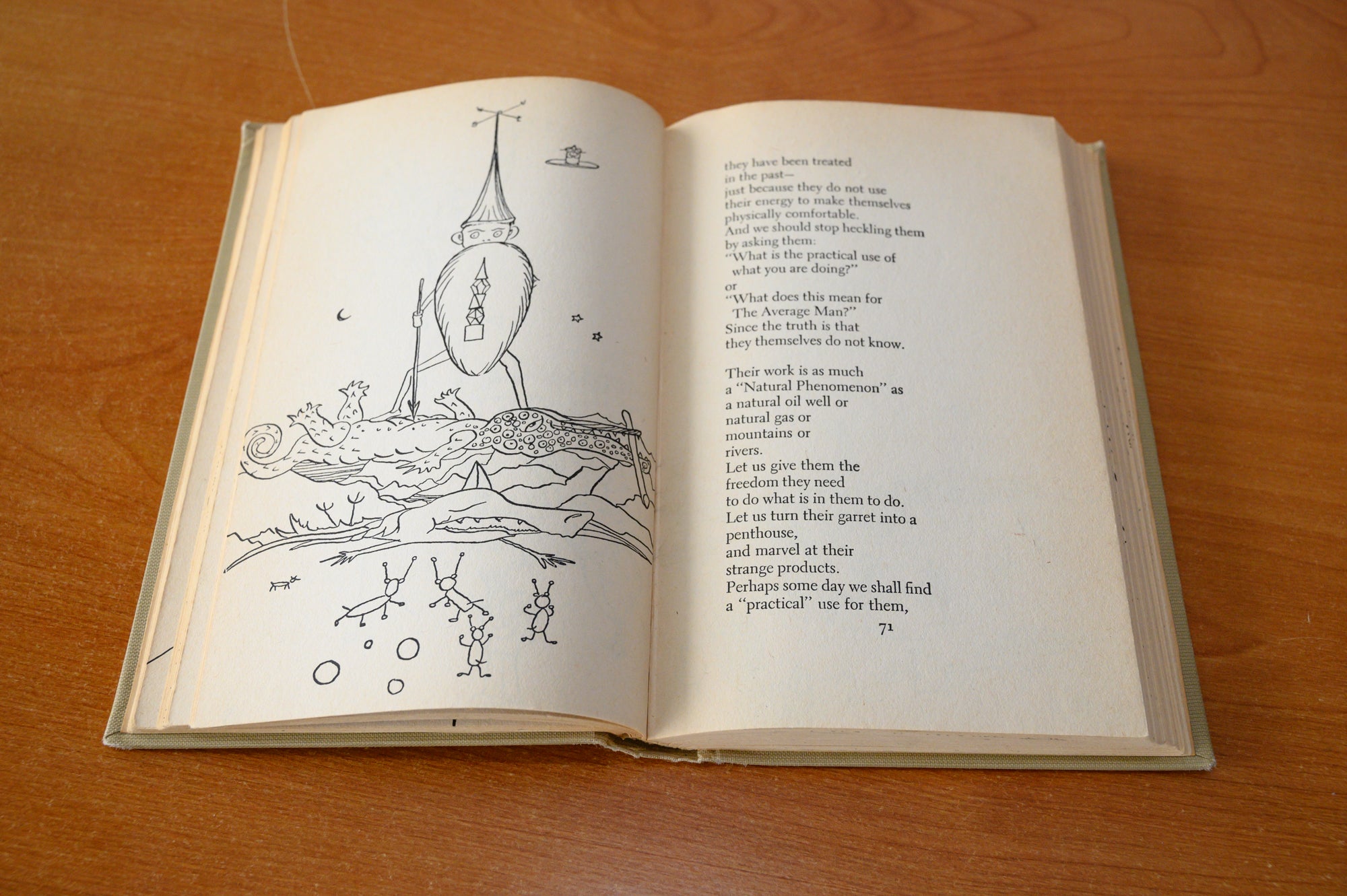 Let me introduce you. In 1942 Russian-American mathematician Lillian R. Lieber published a book called The Education of T. C. MITS. She explains on the first page that T. C. MITS stands for The Celebrated Man In The Street.
Let me introduce you. In 1942 Russian-American mathematician Lillian R. Lieber published a book called The Education of T. C. MITS. She explains on the first page that T. C. MITS stands for The Celebrated Man In The Street.
(I know, I know: why “Man”? Since she was writing in the 1940s, we’ll give Dr. Lieber a break on inclusive language. She did later publish a book called MITS, WITS and Logic, in which the Woman In The Street got equal billing and equal opportunity to marvel at mathematics.)
The Education of T.C. MITS: What Modern Mathematics Means to You can only be described as whimsical.
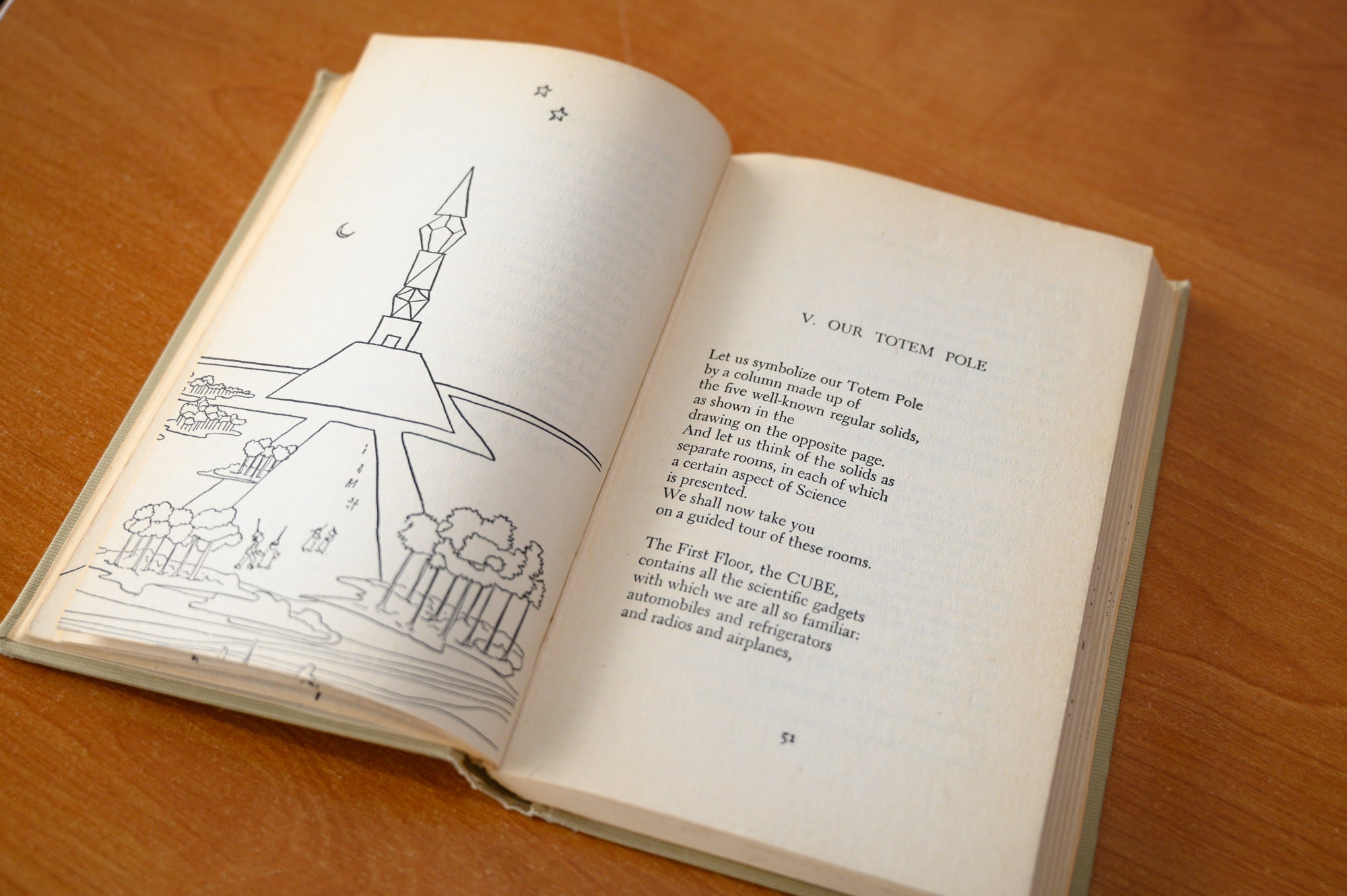 Dr. Lieber wanted to make mathematics accessible and meaningful to everyone. With short phrases broken up over multiple lines, she punctuated her narrative with fantastical imagery, including a totem pole made up of the five regular Platonic solids. These solids, in Lieber’s conceptualization, represent science and mathematics from the bottom of the pole (representing the “gadgets” or technology made possible by mathematics) to the top item on the pole (representing the pure mathematicians who live in the Tetrahedron with the Modern Artists).
Dr. Lieber wanted to make mathematics accessible and meaningful to everyone. With short phrases broken up over multiple lines, she punctuated her narrative with fantastical imagery, including a totem pole made up of the five regular Platonic solids. These solids, in Lieber’s conceptualization, represent science and mathematics from the bottom of the pole (representing the “gadgets” or technology made possible by mathematics) to the top item on the pole (representing the pure mathematicians who live in the Tetrahedron with the Modern Artists).
All these flights of fancy are illustrated with simple line drawings by Dr. Lieber’s husband and collaborator, Hugh Lieber.
One publisher’s website says the book “opens the door to the wonder of mathematical thinking and its application to everyday life.” Every description I’ve read of the book is similar to this one.
Which is strange, because that’s not at all what I remember from the book.
Math Against Evil
When I look back, I realize a large portion of T. C. MITS is devoted to examples of how mathematics helps solve problems when intuition fails. But even that is not why I have carried a copy of this book through seven moves across three states.
T. C. MITS’s message for me is that mathematics and science do not just give us knowledge. If we look deeply, they also give us wisdom. Wisdom to stand against evil.
In 1942, evil was easy to name—it was called fascism. Today we might use other names—racism, bigotry, nationalism.
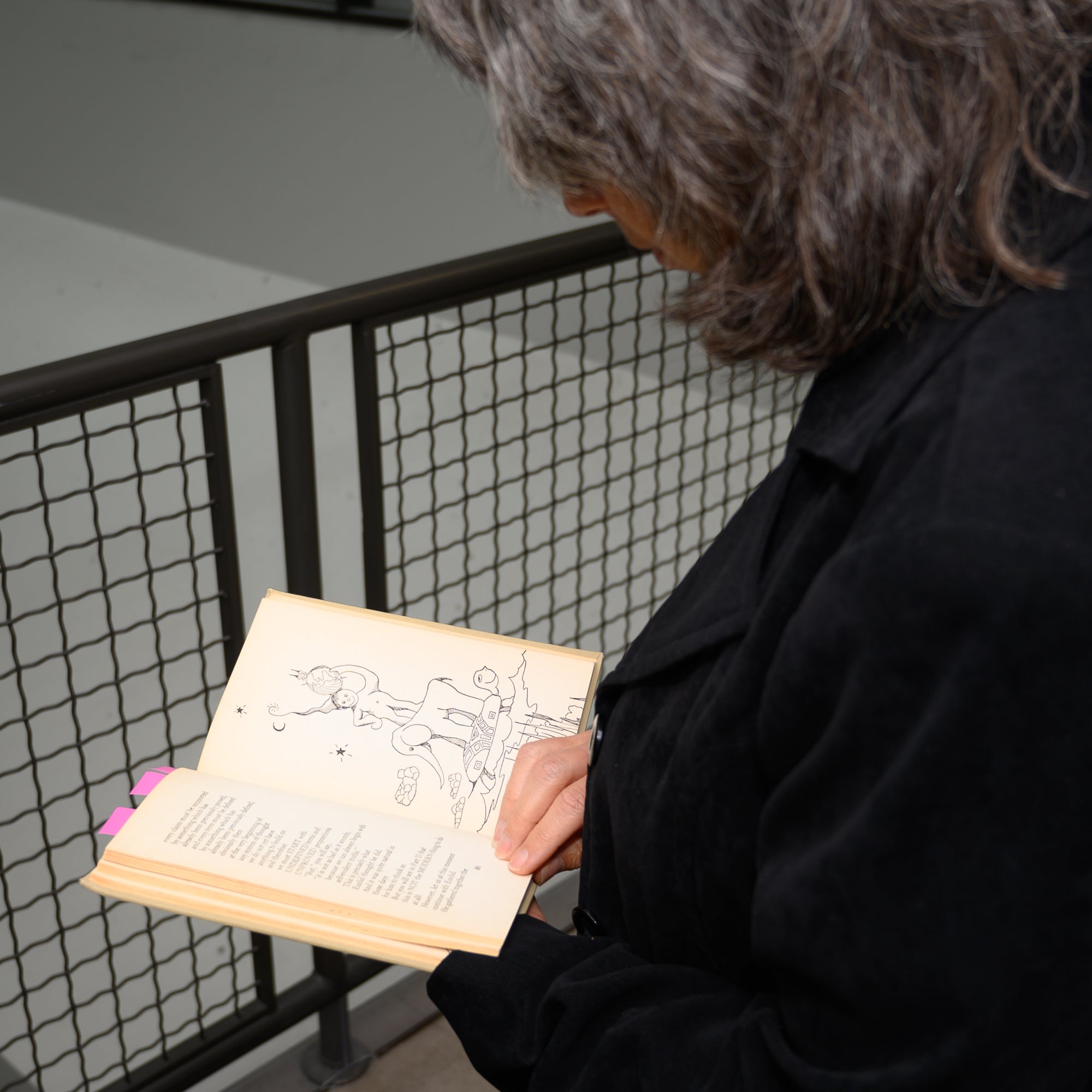 Dr. Lieber writes, “…Science and Mathematics can not only protect us from floods and lightening and disease and other such physical dangers, but have within them a PHILOSOPHY which can protect us from the errors of our own loose thinking. And thus they can be a veritable defense against ALL evil—a Totem pole—if we would but examine into them carefully.”
Dr. Lieber writes, “…Science and Mathematics can not only protect us from floods and lightening and disease and other such physical dangers, but have within them a PHILOSOPHY which can protect us from the errors of our own loose thinking. And thus they can be a veritable defense against ALL evil—a Totem pole—if we would but examine into them carefully.”
Dr. Lieber uses her mathematics totem pole to illustrate that the advancement of human knowledge needs all people—including people from different countries and with a variety of talents. She writes that mathematics and science are telling us “that Hitler’s racial theories are utterly false. It is also trying to tell us – if we would only listen – that co-operation [sic] is essential…”
What We Owe Our Students
T. C. MITS has been on my mind a lot recently because of my work on the Launch Years initiative. Through this work, we have convened a diverse group of people to help us think about how to improve the transition from mathematics in high school to math in higher education and other postsecondary endeavors.
Dr. Lieber’s optimism that we can combat evil with knowledge might feel a little naïve today, but I have taken heart while listening to this group of leaders in the Launch Years initiative.
They come from many backgrounds and represent many perspectives. They aren’t all mathematicians or even all educators. But they share a common belief that mathematics is for all, that no student should be denied the opportunity to learn because of gender, race, or income.
I will go even further to say that we agree that we have a responsibility to create the systems and conditions that ensure that students have that opportunity.
We have a responsibility to put aside parochial interests that serve institutions but not students.
We have a responsibility to ask ourselves hard questions and have difficult conversations about our own beliefs and assumptions.
And we have a responsibility to look beyond “what we have always done” to see the things we must do differently.
These are our responsibilities to our students, because they need mathematics.
What We Owe Each Other
It is also our responsibility to ourselves and our world, because we need to draw upon the creative powers of all human beings. We need people with different perspectives and experiences who will ask new questions and see new solutions to old questions.
So, what would Dr. Lieber and T. C. MITS say today? The references would be updated, but I think the message would be the same.
Mathematics is not solely an abstract intellectual pursuit, nor is it simply a means to an end.
It is a philosophy that teaches us to value human beings, and it is a way of thinking that we humans can use to make all our lives better.
Yes, all people need mathematics. But, more importantly, mathematics needs all people.
Interested in hearing more about Launch Years? Follow #launchyears on Twitter or sign up for email updates.
About the Author
Amy Getz
I am the product of three generations of teachers on one side of my family and three generations of ranchers on the other. From the former, I inherited a passion for reading and a tendency to question everything. From the latter, an appreciation of hard work, nature and the contributions that people in all walks of life make to the world. The result is a love of learning and a burning desire to change the world that has fueled my 28-year (and counting) career in mathematics education.
Get In Touch
We collaborate with state districts and teachers to develop innovative curricula, resources, and professional development.

